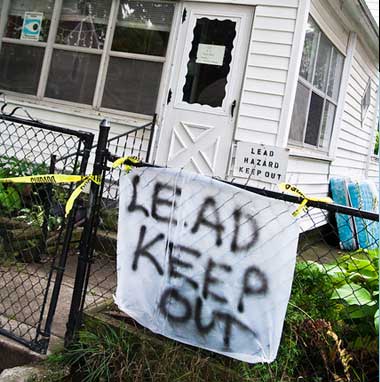
stevendepolo
Lead-free gasoline: It’s pretty great, as far as gasoline-without-extra-toxins goes. But even though we’ve made great strides in reducing lead pollution over the last few decades, America’s still full of the stuff.
More than half a million American children under 5, or 1 in 38 young kids, have low-grade lead poisoning, according to a new report from the Centers for Disease Control and Prevention. The surveys from 2007 to 2010 showed an 8.6 percent decrease in childhood lead poisoning compared to 1999-2002.
Until last year, the CDC only tracked people with 10 micrograms of lead per deciliter of blood, considered the threshold for lead poisoning by the CDC, World Heath Organization, and the American Academy of Pediatrics. But five micrograms per deciliter is considered enough to potentially cause damage.
Those approximately 535,000 kids aren’t really a representative sample of American youth, though.
“Persistent differences between the mean [blood lead levels] of different racial/ethnic and income groups can be traced to differences in housing quality, environmental conditions, nutrition, and other factors,” the CDC said in a statement. In other words: This is way worse for poor kids of color who live in our urban sacrifice zones.
Often, children who get lead poisoning live in old homes that are dilapidated or under renovation. They pick up paint chips or dust and put it in their mouth. Children have also picked up lead poisoning from soil contaminated by old leaded gasoline, from dust tracked in from industrial worksites, from tainted drinking water, and other sources.
Some have linked a reduction in environmental lead exposure to a reduction in violent crime nationwide over the last few decades. Regardless, I think we can all agree that we’d prefer lead-free kids. The CDC suggests that children can counteract high blood lead levels by increasing their iron and calcium intake. But wouldn’t a strong lead abatement effort be even more effective?



